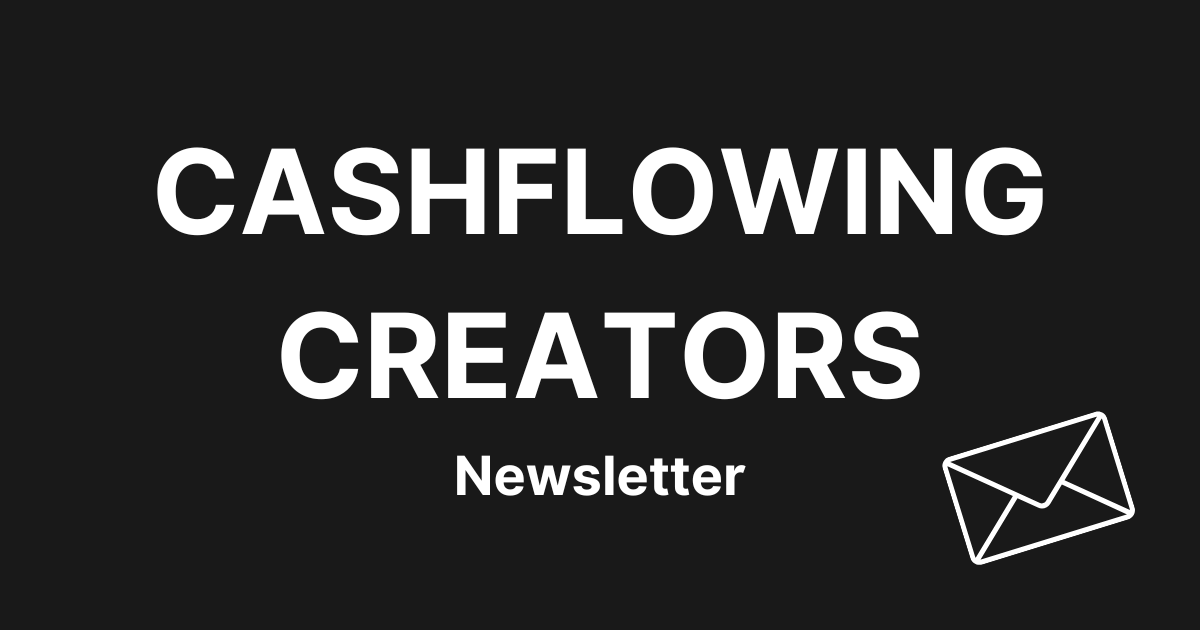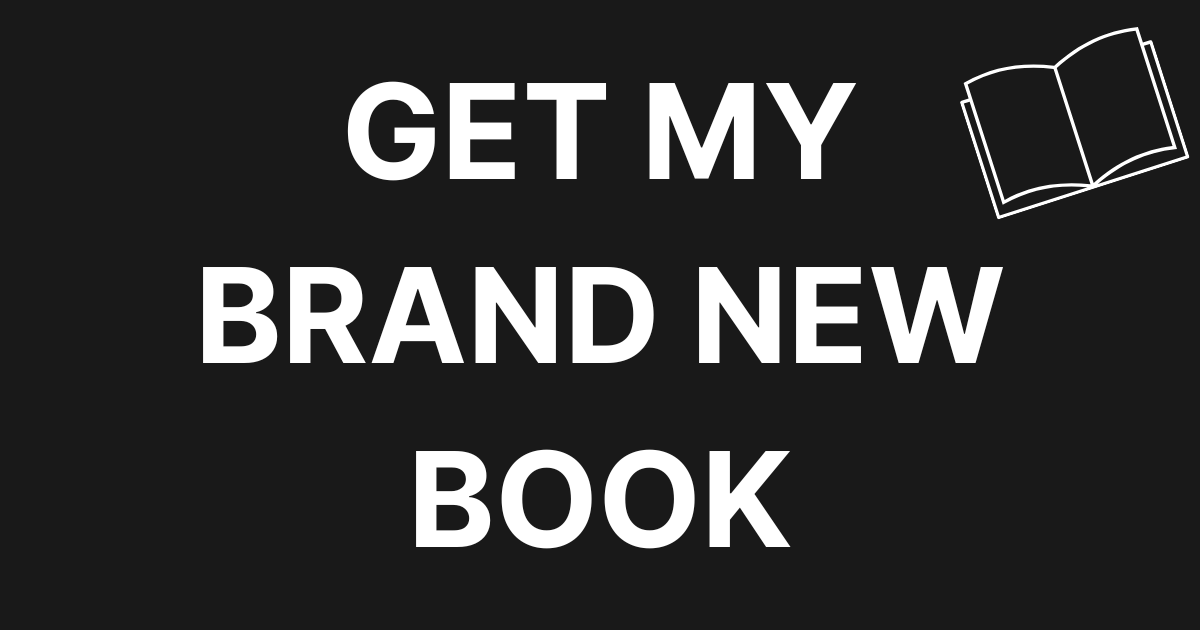The internet is teeming with info products.
They’re in high demand and they’re growing in popularity as everyone is taking learning into their own hands online.
But not all of them are actually selling like crazy, even though it might look that way from the outside.
Digital products are one of the best products to sell.
I love digital products like online courses and group coaching programs because they give us coaches, consultants, experts, and trainers an opportunity to create an income stream that is scalable and not attached directly to our time.
But you have to start with the right foundation if you want to find long-term success.
We’ve been in the trenches seeing what really works well in this industry.
Before you can get started running Facebook ads or start making a ton of sales you have to make sure you create a compelling offer.
One so good that it pulls in your ideal customers like a magnet.
So let’s dive into 7 ways you can build a magnet offer for your business.
Table of Contents
1. Positioning Your Offer
How you position your offer in the beginning is your launchpad to making sure you stand out.
I’ve seen tons of people who want to jump onto an ad platform and start running ads because they think that’s the place where they’re ultimately going to get results.
It’s true that ads are a great way to get attention to whatever you’re running traffic to.
BUT you’ve got to have a really good product and a really good offer to get anything to work.
Ads will help get eyeballs on your offer, sure, but your offer is what’s actually going to grow your business.
So one of the most important things to get crystal clear about is how are you positioning your product and framing it to future customers?
What about what you have to offer is special and different that’s going to make it stand out from the other products that are doing the exact same thing?
Running ads is not the solution to growing your business.
Dialing in a good offer is going to launch your business a lot further and will allow you to take full advantage of any marketing channel you dive into.
Your Positioning Helps You Communicate Why You’re The Best
Most coaches and experts I speak with believe they have one of the best products out there.
I haven’t really met many people who believe their product is bad but they are out there selling it anyways.
The challenge is while you might know that your product is the best once someone gets inside you have to make sure that your future customers know why you’re the best and why they should choose you over anyone else before they buy.
Your positioning is what helps you make sure that everybody that sees your marketing knows exactly what you do and why it’s different.
Positioning comes down to figuring out how you want to position your product in your marketing message, from when people first find out about your brand to the final close on your sales page and even after once people are signed up for your products and programs.
If you do this work upfront, it will be extremely valuable for you down the line.
Here’s An Example Of Positioning From Our Own Business
We sell a Facebook ad training program because we run Facebook ads as an agency.
Our positioning is that we’re the top product on the market specifically designed for information products that is run by an agency.
So while there are a ton of places where you can learn general Facebook ads and ads for e-commerce etc.
We’re the best product on the marketplace that specializes in info products that is designed by an agency who tests this out every single day with our clients in that industry.
That’s our unique positioning.
We infuse that in our webinar training, in our email marketing, on our sales page, and in our social media, making sure we say it everywhere.
No guessing.
The customer knows exactly what we do, why we do it, and how we’re unique.
If you can figure out the product and the positioning that you want to go after, then creating the ads, landing pages, and emails are much easier and flow better because you have a framework to follow.
2. Know Exactly Who Your Audience Is Or Your Niche
Who is the specific person that you’re going after with this offer?
If you want to be able to take an offer to cold traffic, meaning you want to be able to sell some kind of information product to people who’ve never heard of you before with advertising, this has to be dialed in.
Selling a general product to the general masses is a really difficult way to get early traction.
The marketplace is too crowded.
You want to be super clear about who is the exact person you want to target with your marketing, know exactly what problems they face, and know exactly how you can help them.
The clearer the picture you can create of your core avatar the better.
It will help you get traction from the beginning.
3. Detail Exactly What Is The Customer Getting And Why Is It Different
Next, you want to get really clear about exactly what they will get when they sign up for your product.
What’s included in the purchase? A video course? A weekly coaching session?
And what are they going to get during that process that is going to help them get what they need?
How is each deliverable going to help them with the results they want to achieve?
4. Timeline To Expect To Achieve Results
When selling an info product it’s important to give people some kind of specific range that they can expect to achieve results by.
They are purchasing from you because they want a road map to follow.
Should they expect to see results in 6 weeks? 6 months? Is this a one-year commitment?
You don’t want to just pick a random number like 90 days either.
Setting the expectation helps you filter through who’s going to be good customers in the long run and sets a frame of reference for them.
5. Premiums and Bonuses
Bonuses hold a lot of value inside your info product.
Bonuses are the things that you want to add onto the product that are going to help the customer get the end result that they’re looking for faster or easier.
These could be frameworks, templates, checklists, support, anything that the customer needs to get the result they’re looking for with the product they’re paying for.
All of these things are going to help them get exactly what they need to get the end result they’re looking for.
6. Include Risk Reversals In Your Sales Pitch
Often a customer’s biggest objection is, “will this program work for me?”
Which is why some type of money-back guarantee really helps close the deal.
You want to get them over that hump and help them have a reason to move forward, while understanding and trusting that the company is going to stand by their word and results.
If not, they can rest easy knowing that they’ll get their money back.
If you don’t have this with your product, you could be missing out on a lot of sales.
Many people can be close to buying but back out last minute because there’s nothing they can lean back on if it ends up not working for them.
If you can eliminate this block, you’re chances for a sale and for truly satisfying the customer greatly increases.
Adding some type of risk reversal in your sales pitch is super easy to do.
Let’s look at how it can be framed in a variety of ways.
30 Day No Questions Asked, Money Back Guarantee
This is the easiest option to offer and takes away almost all the risk a potential customer may have.
One of the biggest obstacles in the information space is making sure that the customer trusts you and that you take away any risk for them.
Often, their biggest objection is worrying to be ripped off.
Using this method, your customer signs up for your product, and if they find out it’s not for them, no questions asked, you’ll just return their money back.
Easy.
It also prevents chargebacks because if you don’t give them their money back, they could also chargeback their credit card.
Which can mean a bigger problem to face with your bank.
Action-Based Guarantees
Another common guarantee in the info product space is action-based guarantees.
For example, a 60-day action-based guarantee means if the customer is not getting the results you promise, they can get their money back.
BUT they have to show you that they’ve gone through the program, done the work, and reached out to your support team for help.
If none of these things were able to help them, then you will happily give them their money back.
But they need to show that they put in the work.
This prevents the customer from purchasing and then not doing anything, disappearing and then asking for their money back.
It also helps the creator keep from having someone go into their program, downloading all the information and then requesting a refund without doing any of the work.
Guarantee With Additional Support and Consulting
This is a really cool value-add option for customers who are not getting the results they want.
You can offer additional support in case someone is struggling to get the results they are looking for with your program.
That could be something like a free one-hour consulting call with your team to make sure they can get the results they want.
If they still can’t get the results they’re looking for after the call, then you will give them the full refund back that they request.
This way you are building in extra support by offering extra help.
Again, if they show that they’re doing the work and not getting the results they want, they’ll get their money back.
7. Creating A Sense Of Urgency
The last thing you want to have inside your offer is some kind of sense of urgency to push action sooner than later.
It’s just human nature that if we can take as long as we want to make a decision we don’t feel the need to take action now.
So there are a few ways to build this into your product as well.
Launch Based Model
With this model there is an actual door closing.
Launch based models are very popular, where the product opens for a couple of weeks and you can only enter during a certain time frame.
It’s great for creating a sense of urgency and excitement.
Making your course available for only weeks out of the year can give people an option to sign up now or wait for the next time it’s open, which can help them jump in and take the plunge and purchase.
Take Amy Porterfield for example.
She basically opens her courses up, does a big prep for the launch, gets a bunch of affiliates, lots of promotions and then the customer can only buy the product when the doors are open for about a week.
In the end this method can be profitable and successful if you have the time and bandwidth to execute it the right way.
Personally I find the launch model exhausting. Which is why I prefer this next method.
The Evergreen Incentives
This puts everything on autopilot where your products are on sale all the time.
All you do is turn it on and let it run.
This can save the hectic nature of product launches.
But there are great ways you can still build urgency into your products.
For example, many programs have a public price available to anyone who wants to buy it on their website.
But usually if you go through their webinar funnel or jump on a call with their sales team they can offer you a discount for making it all the way through the funnel and engaging with their content.
This way you’re giving someone a reason to sign up now because they went through a certain journey or path on your website.
Another great example is what Justin Brooke does with his email series at AdSkills.
He has an email series with discount coupons that he offers people based on how well they open and click on emails.
There’s gamification triggers in his email series that are basically saying, hey we noticed you’ve read the last 5 emails that we sent out, here’s a coupon.
You can have fun with it too while incentivizing people.
There’s so many ways you can do this for your business.
Your business, your rules, get creative with it!
The point is, these are great ways to provide incentives for people to sign up at certain points of the customer journey.
It’s An Evolving Process
Awesome! So you’ve got the essential building blocks to take off. 🚀
Especially if you’re just getting started, you can put this on a Google doc and have a living document where you’re constantly trying to improve.
You can start with your positioning and it can evolve over time.
Add bonuses to your program as you go, experiment with different launch models such as evergreen or open-close launches.
Finally, don’t make it too complicated.
It’s all a learning process.






0 Comments